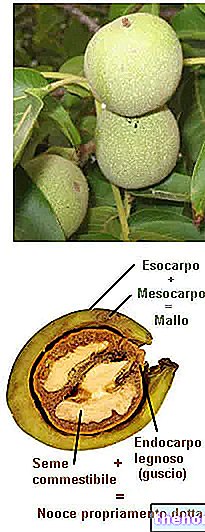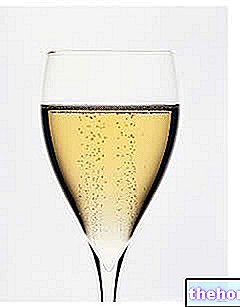Wine and Polyphenols
Wine is an alcoholic beverage obtained from the bacterial fermentation of grapes harvested from vitis vinifera; it can be white, pink or red, depending on the type of grape and the winemaking technique, which together determine the quality and quantity of phenolic pigments.

IF the maceration of the must is used, the quantity of polyphenols in the wine depends on the initial concentration in the skin of the grape used and is directly proportional to the maceration time of the must..
From an organoleptic and gustatory point of view, polyphenols make up the color, aroma and stability of wine. From a biochemical and metabolic point of view, however, the polyphenols in wine perform three very important functions:
- Antioxidant
- Anti-carcinogenic
- Antiatherogenic
The interaction or influence of polyphenols on cholesterol transport and metabolism will be dealt with in the following article.
What is cholesterol?
Cholesterol is a steroid with a polycyclic structure (Cyclopentanoperhydrophenanthrene); it is white in color and has a waxy consistency. Cholesterol is ESSENTIAL to animal life, while plants contain other similar substances called phytosterols.
The human organism autonomously synthesizes about 70% of the cholesterol necessary for survival and completes its needs by feeding on foods of animal origin; if the exogenous intake of cholesterol is excessive, if there are genetic alterations or even the combination of both, total (or partial LDL) cholesterol levels may increase and be excessive.






.jpg)
















-nelle-carni-di-maiale.jpg)




